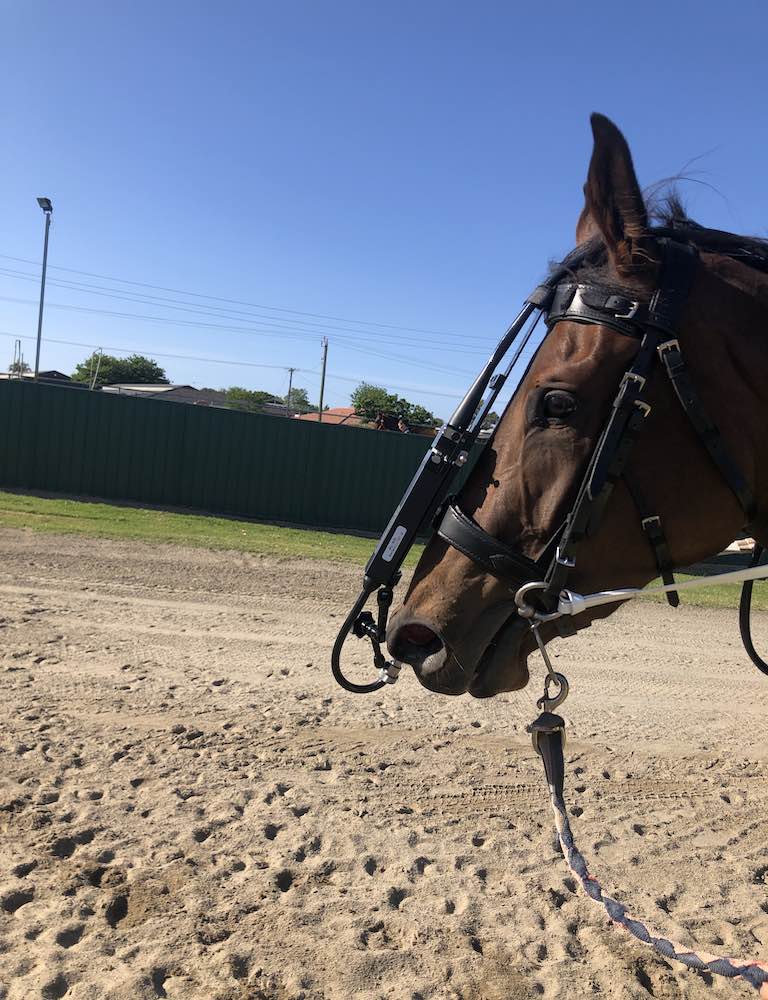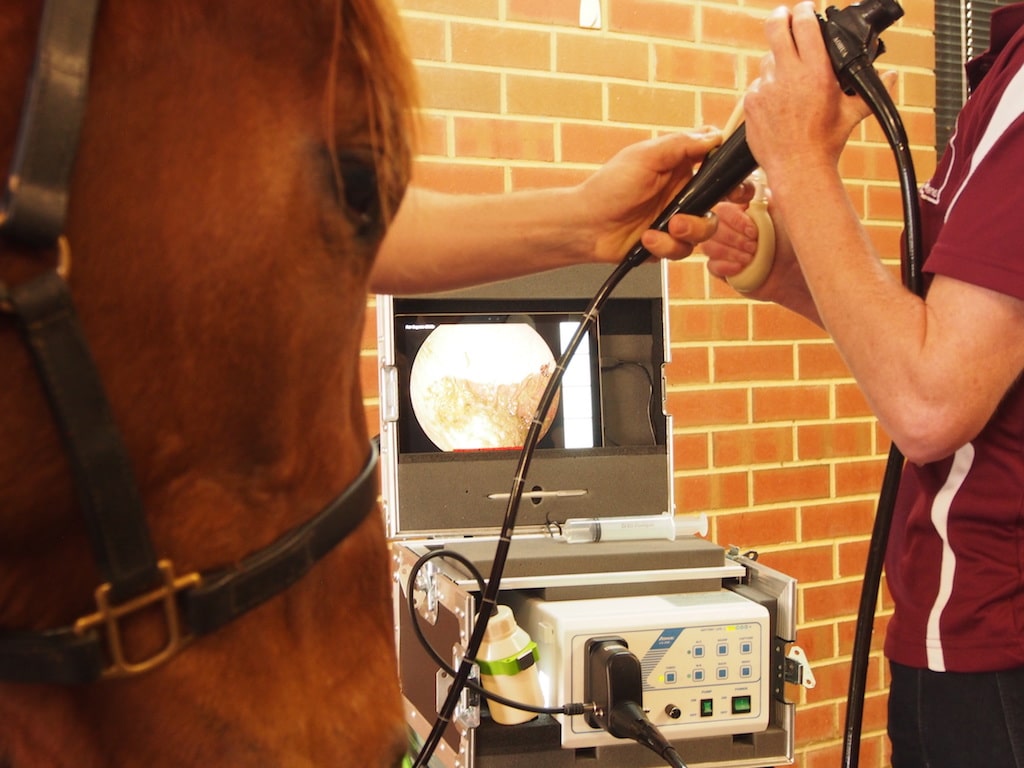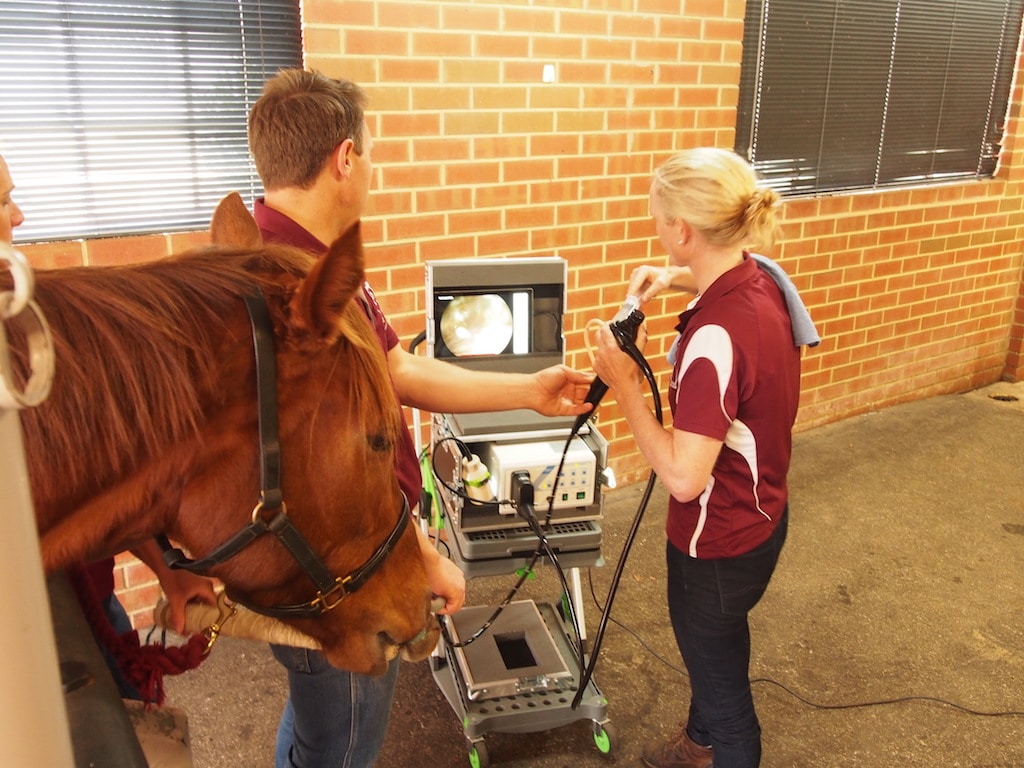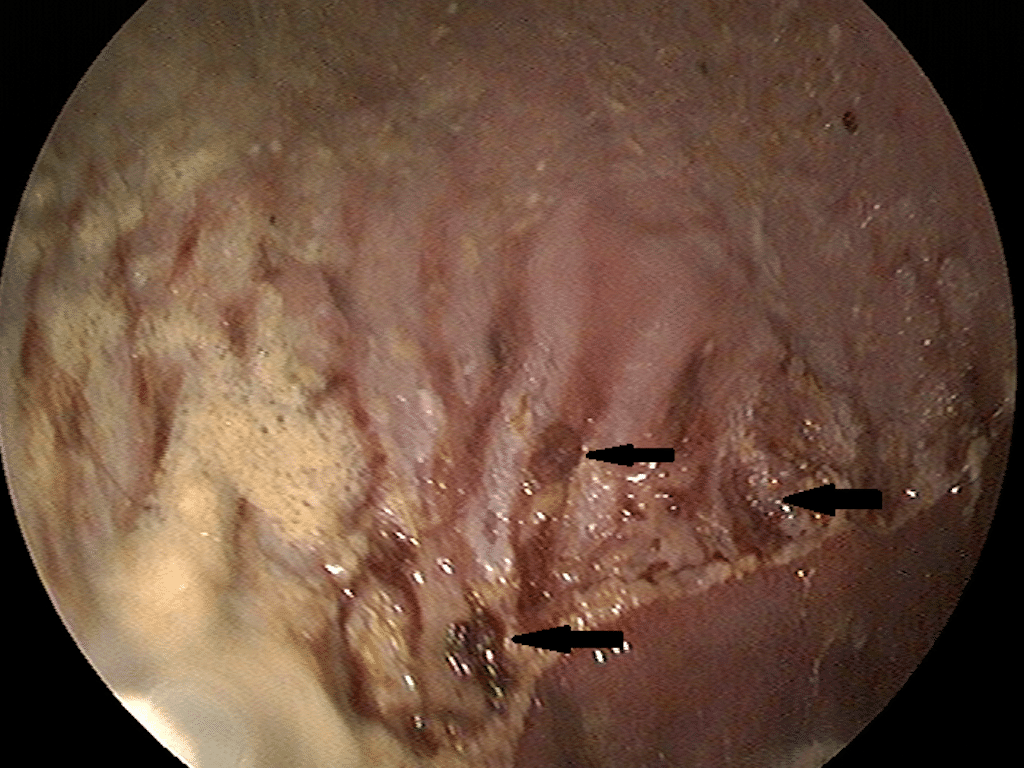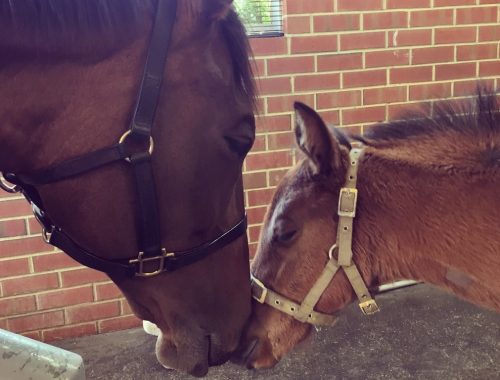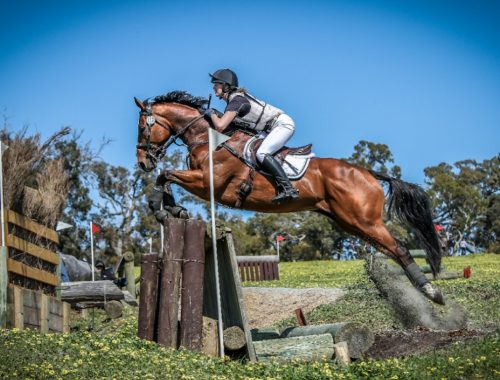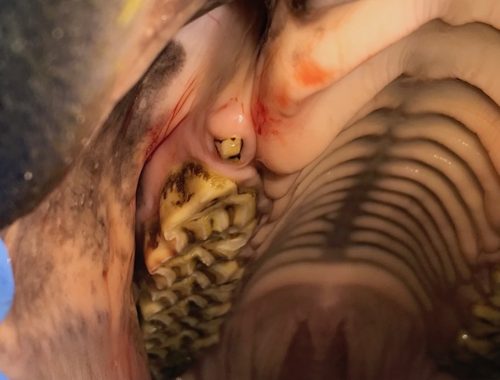
Endoscopy
Gastric ulcers have been shown to affect a wide range of horses of all ages, breeds and use from the paddock pet to the international sport horse. Studies investigating the prevalence of gastric ulcers have shown that 20-60% of show/sport horses, 37-59% pleasure horses and 48% of endurance horses suffer from gastric ulceration. Among Thoroughbred and Standardbred horses, the prevalence can range from 44-100%. Factors such as diet, water intake, housing, and exercise contribute to the development of ulcers. Horses with gastric ulcers may display signs like poor appetite, poor body condition, mild colic, poor coat condition, teeth grinding, poor performance, or behavioural issues.
Gastroduodenoscopy: The Gold Standard for Diagnosing Ulcers
Gastroduodenoscopy is the only definitive way to diagnose gastric ulcers in horses, allowing us to visualise the oesophagus, stomach, and duodenum, to assess the presence, distribution, and severity of ulceration.
At Ascot Equine Veterinarians, we recommend performing a gastroscope to confirm the diagnosis of ulcers before beginning treatment. This ensures your horse receives the appropriate care and avoids unnecessary expenses. In some cases, we may also perform gastric pH sampling to monitor the effectiveness of treatment.
Standing Video Endoscopy
Endoscopy allows detailed visualisation of many otherwise hard-to-reach areas. At Ascot Equine, we use a range of endoscopes to examine various parts of the horse’s body, including the upper respiratory tract (nasal passages, sinuses, pharynx, larynx, guttural pouches, trachea and bronchi), parts of the gastrointestinal tract (oesophagus, stomach, duodenum, rectum and small colon), urinary tract (urethra and bladder), and reproductive tract of mares (vagina, cervix and uterus).
Our video endoscope is linked to a screen, allowing both our clinicians and clients to see the images in real time. We can also record and store images for future comparison, or provide copies can be provided for clients or referring veterinarians as needed.
Video endoscopy is essential for diagnosing conditions related to poor performance, upper airway obstructions, abnormal respiratory noises, lung disease, gastric ulcers and, urinary tract problems.
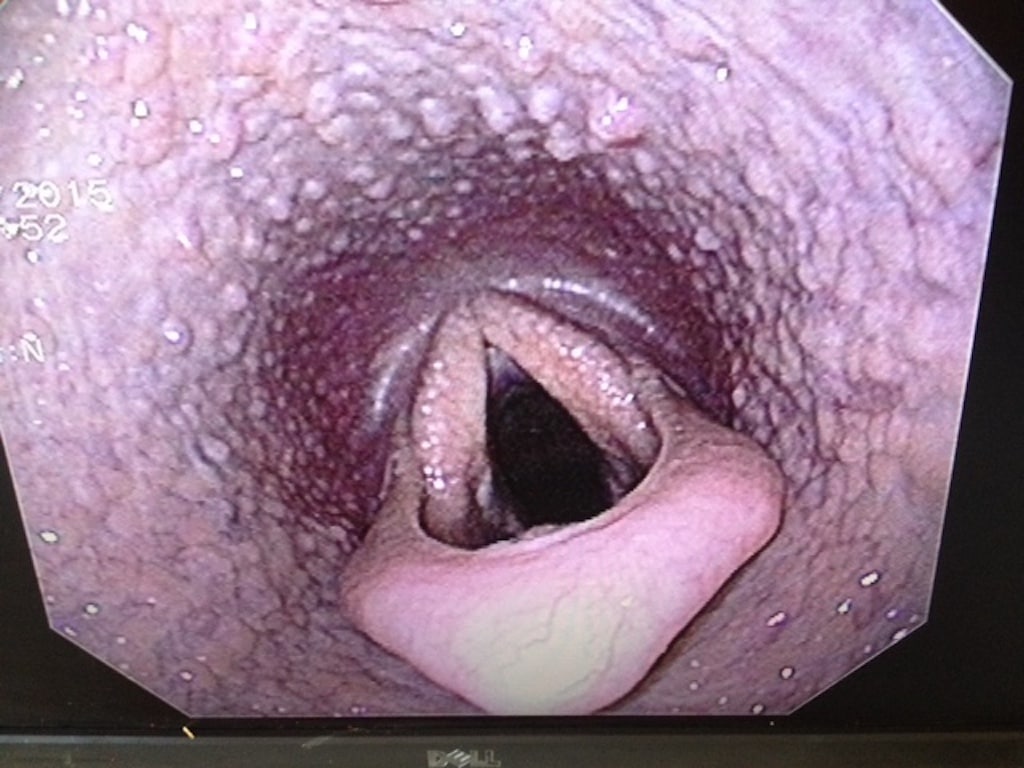
Overground Dynamic Endoscopy
For diagnosing upper airway abnormalities that may affect a horse’s performance, our overground dynamic endoscopic system offers a cutting-edge solution. Unlike traditional methods, which require treadmill examinations, our system allows us to examine the horse’s airway while it exercises under natural conditions.
Our system is light-weight, relatively unobtrusive and quick and easy to fit to the patient. The recorded footage can be evaluated in slow motion to detect subtle abnormalities.
Upper airway issues, such as dorsal displacement of the soft palate, pharyngeal collapse, retroversion of the epiglottis, and collapse of the aryepiglottic folds, are often only apparent during exercise. Overground dynamic endoscopy ensures more accurate diagnosis and treatment of respiratory conditions that can affect horses of all breeds and disciplines.

